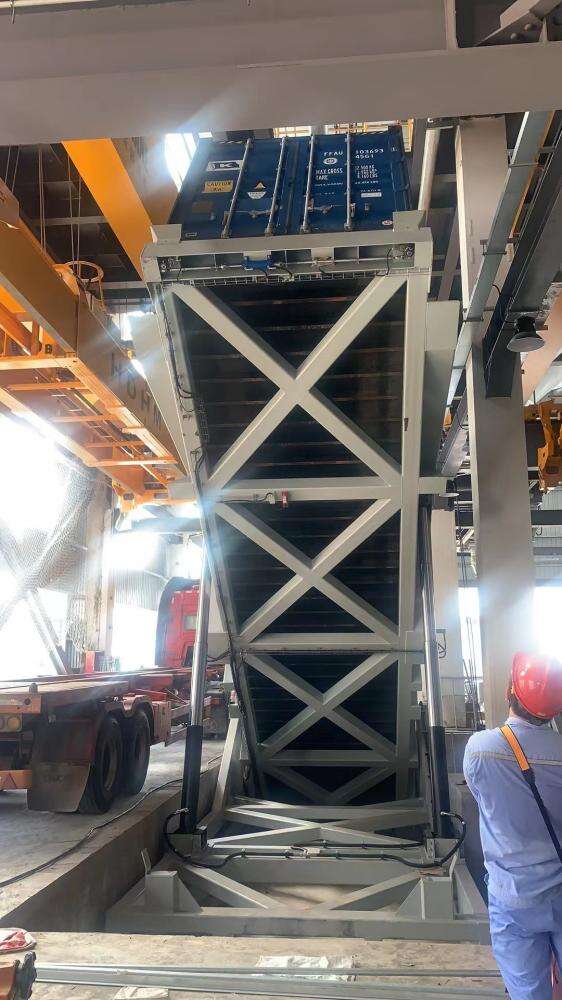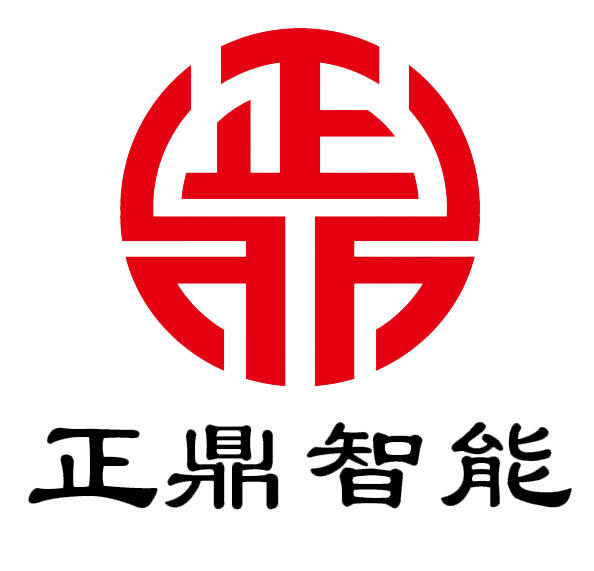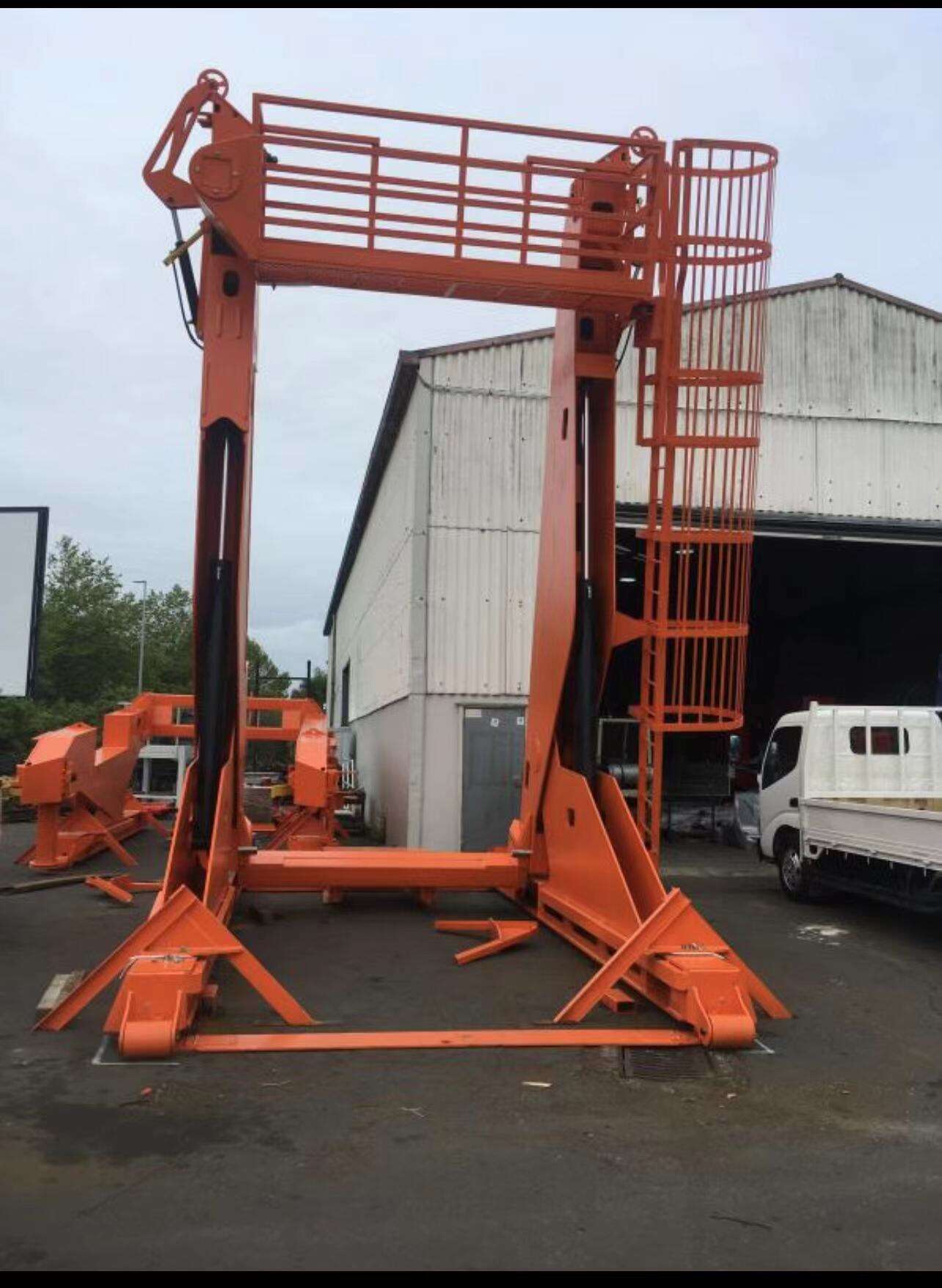Revolutionary Material Handling Solutions Through Advanced Tilting Technology
In modern manufacturing and logistics operations, the safe and efficient handling of materials remains a critical challenge. Container tilters have emerged as an innovative solution, transforming how businesses manage bulk materials while significantly reducing product damage and workplace injuries. These sophisticated systems provide a controlled and ergonomic method for emptying containers, bins, and drums, ensuring maximum product recovery while maintaining workplace safety standards.
The implementation of container tilter technology has revolutionized material handling processes across various industries, from food processing to pharmaceutical manufacturing. By providing precise control over the tilting angle and speed, these systems enable operators to handle sensitive materials with unprecedented accuracy and care. The result is a dramatic reduction in product waste and enhanced operational efficiency.
Core Benefits of Modern Tilting Systems
Enhanced Product Protection
Modern container tilter systems incorporate advanced features that prioritize product integrity during the handling process. The precision-controlled tilting mechanisms ensure gentle material transfer, preventing sudden movements that could damage sensitive products. This is particularly crucial in industries dealing with fragile materials or high-value goods.
The ability to adjust tilting angles and speeds allows operators to customize the handling process according to specific product requirements. Whether dealing with powders, liquids, or solid materials, the system can be fine-tuned to achieve optimal flow characteristics while minimizing product degradation.
Improved Operational Efficiency
Container tilters significantly streamline material handling operations by automating the emptying process. This automation reduces the time and labor required for container handling, leading to increased productivity and reduced operational costs. The systems can be integrated into existing production lines, creating a seamless workflow that maximizes throughput.
Furthermore, the precise control offered by modern tilting systems ensures consistent and repeatable operations, reducing the variability often associated with manual handling. This consistency not only improves product quality but also helps in maintaining predictable production schedules.
Safety and Ergonomic Advantages
Workplace Injury Prevention
One of the primary benefits of implementing a container tilter system is the significant reduction in workplace injuries. Traditional manual handling methods often expose workers to risks associated with lifting, pulling, and awkward postures. Modern tilting systems eliminate these hazards by mechanizing the container manipulation process.
The ergonomic design of container tilters allows operators to maintain safe working positions while controlling the equipment. This reduces the physical strain on workers and minimizes the risk of musculoskeletal disorders commonly associated with manual material handling tasks.
Compliance with Safety Standards
Modern container tilters are designed to meet or exceed current safety regulations and industry standards. These systems often include built-in safety features such as load capacity indicators, emergency stop mechanisms, and protective barriers. This comprehensive approach to safety helps organizations maintain compliance while protecting their workforce.
Regular maintenance and inspection protocols ensure that the tilting systems continue to operate safely and efficiently throughout their service life. This proactive approach to equipment management helps prevent accidents and maintains optimal performance levels.

Advanced Features and Technology Integration
Automated Control Systems
Today's container tilter solutions incorporate sophisticated control systems that enable precise operation and monitoring. These systems often feature programmable logic controllers (PLCs) that can store multiple tilting profiles for different products and container types. This automation ensures consistent handling procedures while reducing operator intervention.
The integration of sensors and monitoring devices allows for real-time tracking of critical parameters such as tilt angle, load weight, and operation speed. This data can be used for process optimization and preventive maintenance planning.
Customization Options
Modern tilting systems offer extensive customization possibilities to meet specific application requirements. From specialized gripping mechanisms to custom container adapters, these systems can be tailored to handle a wide range of container sizes and types. This flexibility makes them suitable for diverse industrial applications and varying operational needs.
Advanced coating options and material choices ensure that container tilters can operate effectively in challenging environments, including washdown areas and corrosive atmospheres. This adaptability extends the equipment's utility across different industry sectors.
Frequently Asked Questions
What types of containers can be handled by industrial tilting systems?
Container tilters can handle a wide variety of containers, including drums, bins, totes, and custom containers. Modern systems are designed to accommodate different sizes, shapes, and materials, with many offering quick-change adapters for various container types. The key is selecting a system rated for your specific container dimensions and weight requirements.
How do container tilters improve workplace ergonomics?
Container tilting systems eliminate the need for manual lifting and awkward positioning by providing powered assistance for container manipulation. They allow operators to control the tilting process from a safe, comfortable position, reducing physical strain and the risk of repetitive stress injuries. The automated operation ensures consistent, controlled movement that protects both workers and products.
What maintenance is required for container tilting equipment?
Regular maintenance typically includes inspecting mechanical components, checking hydraulic or pneumatic systems, lubricating moving parts, and testing safety features. The specific maintenance schedule depends on usage frequency and operating conditions. Modern systems often include diagnostic capabilities that help identify potential issues before they become problems, enabling proactive maintenance planning.

